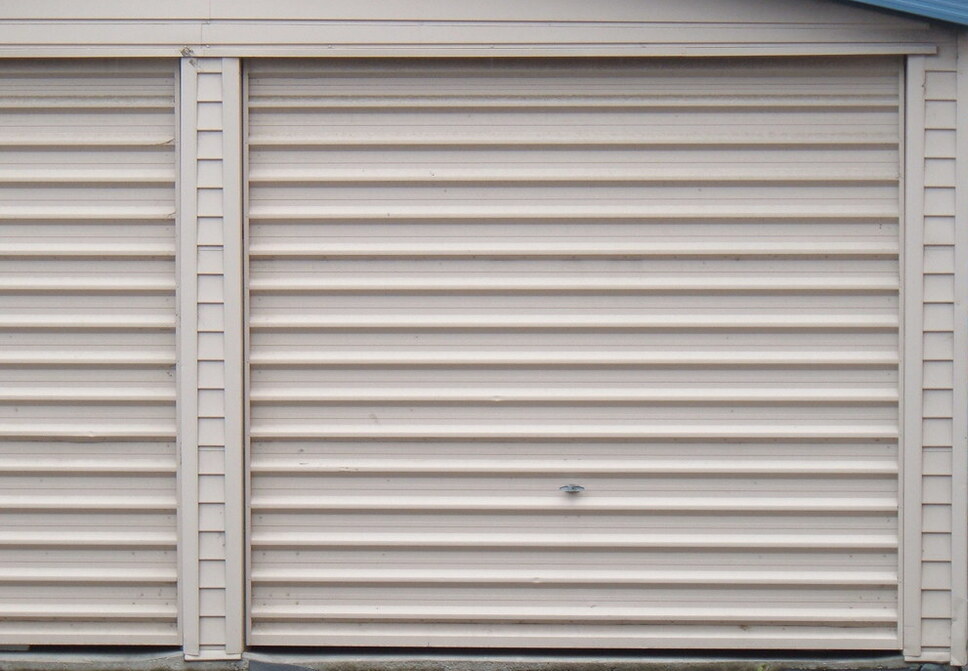How Often To Service Your Garage Doors

Garage doors are also subject to regular inspections. Similar to any other door maintenance, lubrication, and spring tension adjustment are crucial routine steps. It’s better to take action immediately rather than before your door is showing signs that require extensive repair of your garage door.
Read also about: carpets Dubai, office carpets tiles supplier in Dubai
What to perform in your monthly garage doors inspection
If you’re experienced enough in garage maintenance, it is possible to perform a routine inspection every month to ensure that your overhead door doesn’t appear to be in a state of disarray. Here are five suggestions to follow for your garage door’s monthly inspection.
1. Listen for unusual noises
When you are creating the garage door’s inspection procedure, among the first things you need to do is to learn the sound your garage door makes. A sounding garage door that is healthy has a different sound than one that is in need of repair. Strange noises are among the signs that you should have your garage door repaired. It’s an opportunity to get an expert.
Overhead doors can make irritating sounding noises as time passes. It is essential for you to be able to spot any new noises that may be a sign of something wrong. Be wary of the tiniest clicks, and screeches as they typically indicate that the chain for your opener may be in a loose state. The unusual sounds emanating from your garage door may be due to a variety of various issues, so make certain to contact an expert immediately. If you discover the cause of the sound sooner rather than later, the repair may be less costly.
2. Check for gaps
A garage door that is properly sealed is vital to protect items stored in your garage, as well as the security of the interior of your home. The gaps below your garage door, and between the panels let the outside weather enter which puts your property at risk. This could allow the air-conditioned air in the house to leak out, thereby increasing your energy bills. Maintaining a tightly sealed seal is particularly important to Lansing, Michigan, garage doors during the winter months when temperatures get colder.
Make sure that the overhead door is completely closed, and that there aren’t gaps between either the doors or between it and the ground after it is closed. If not, you can adjust the automatic opener until your door is close to the weather stripping, or take out obstructions to the sensors. If you are unable to resolve the problem, let a specialist for garage doors examine your garage door to determine the root of the issue. Reducing the way your door shuts can be an issue, but an expert garage door technician can help you avoid the hassle.
3. Inspect the remote control for issues
A lot of garage door issues are caused by issues with the remote control. You depend on the remote each and every throughout the day, and it is subject to much wear and tear. It’s common for garage door buttons to get worn out, rendering them inoperable. It’s possible that it’s time to get the replacement of your button or even a complete overhaul of the garage remote for your door. Contact the manufacturer of your remote for more details on how to test the garage door remote for any malfunctions.
Before purchasing the new doorbell, consider replacing the battery. If this resolves the issue it will save you some cash and should be able to go back to regular garage door operation. If you’re experiencing issues with your problems with the remote for your garage even after the fixes above, it could be time to purchase an entirely new remote.
4. Test the automatic reverse feature
Many garage doors feature an auto-reverse function for safety reasons. Make sure to check this feature each month to determine if it helps to avoid accidents, particularly for young children and pets.
Two primary types of auto-reverse features are found in the majority of garage doors. The first is pressure-sensitive. If anything gets within the path of the garage doors while the door closes it, it’ll reverse its direction. Put a 2×4 piece of wood on the floor beneath the door to your garage, and then close it. If your garage door does not change direction once it is in contact with the block of wood you must contact an expert immediately.
The auto-reverse second feature makes use of two photo-eye sensors that initiate a reverse whenever something crosses their beam. Close your garage door, and move a broomstick across this beam in order to verify the feature. Make sure both sensors are aligned, and cleanse their lenses using an e-cloth in the event that the feature is not working. Contact a technician when the issue continues to persist.
5. Fix a stuck garage doors
The garage door may be locked in either a closed or opened position due to various reasons. Conduct the following tests to determine the cause:
- Clean and align the photo-eye sensors: Your sensors are not aligned properly or filthy, they may fool your garage door into thinking that something is blocking the door and stop them from opening.
- Repair the alignment of your garage door: Your garage door might be out of its alignment, preventing the door from shutting. Repairing the alignment can be tricky, and potentially risky. Get a qualified garage door technician to determine the need for adjustment.
- Repairing your garage door opener: Damaged garage door opener can stop all automated operation of your garage. Making adjustments to your garage door opener by yourself might cause worse harm. That is why you should contact an expert for repair promptly.